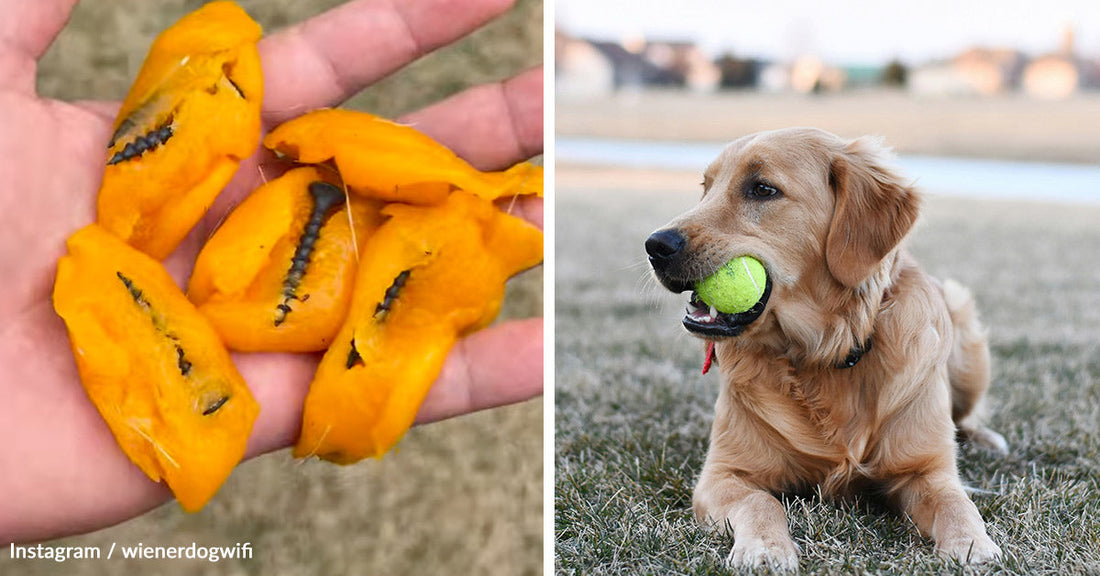7th Annual Holiday Toy & Book Event Help make the holidays brighter this year!
Sabotaged Snacks Threaten the Safety of Dogs In Their Own Backyards
Matthew Russell
The backyard isn’t always a safe place. Nor are sidewalks, dog parks, or neighborhood trails. In communities across the U.S. and beyond, pet owners have discovered treats laced with metal, poison, and pharmaceuticals—placed deliberately to harm animals.
One of the most disturbing patterns emerged in Lakeville, Minnesota, where residents reported hot dogs filled with screws, open safety pins, and mysterious pills showing up in their yards, sidewalks, and even fenced-in backyards. Some dogs were hospitalized after ingesting these items. One golden retriever named Pablo had 11 screws surgically removed from his stomach. His companion, Yogi, also swallowed open safety pins and had to be rushed to the emergency vet, according to New York Daily News.
Local police began investigating after multiple reports, but neighbors were left shaken. Kathryn Paulson and her son found a hot dog filled with a nail while walking their dog, Trucker. After checking the neighborhood, they uncovered more dangerous items hidden in bushes and grass, The Dodo reports.

Reports have emerged from Minnesota, Connecticut, Oregon, and beyond, of pet treats discovered laced with dangerous materials.
Cases Emerge in Quiet Neighborhoods
In Bristol, Connecticut, a similar story unfolded. Ashley Liistro found chemically tainted bones tossed into her yard, according to FOX61. Her dogs, Luna and Buddy, became violently ill—vomiting, losing energy, and bleeding. Buddy’s symptoms were especially alarming.
Though local police issued a release and checked on the dogs, there were no suspects or additional complaints.
Residents shared warnings on social media, urging others to inspect their properties and keep a close watch during walks. Despite living in what she called a “safe” neighborhood, Liistro felt on edge. Her story wasn’t an isolated one.
 Emergency vets warn symptoms from ingesting dangerous material can appear in minutes.
Emergency vets warn symptoms from ingesting dangerous material can appear in minutes.
A Pattern Beyond Borders
Similar incidents have cropped up for years. In a breakdown by Snopes, cases span from Portland to Toronto to Wales. In one U.S. city, meat and fish stuffed with pins and needles left dogs needing surgery. In another, cupcakes laced with antifreeze killed several pets. Even more chilling, a landscaper in Boston was arrested for allegedly soaking hot dogs in antifreeze to poison dogs in a neighborhood where he was angry about owners not picking up waste.
In 2013, a dachshund named Oskar nearly died in San Francisco after eating a meatball suspected to be laced with strychnine. Dozens more meatballs were later found in the area. Dr. Carrie Journey warned KGO-TV viewers about how quickly the toxin acts: “It gets in the system within 10 to 15 minutes.”
Protecting Pets From Intentional Harm
Veterinarians and officials recommend the following steps:
-
Stay vigilant on walks: Keep pets leashed and avoid letting them eat anything off the ground.
- Check your yard daily: Inspect for foreign objects or food that could be traps.
-
Train for safety: Teach commands like “leave it” and “drop it.”
-
Act fast: If your pet ingests something suspicious, call your vet or emergency clinic immediately.
- Document everything: Take photos, save samples (safely), and report incidents to local animal control or law enforcement.
It's heartbreaking to imagine anyone would target pets with such intent. Yet, the evidence is overwhelming. From Minnesota’s steel-filled hot dogs to Bristol’s toxic bones and Toronto’s deadly cupcakes, the risk is real.

Public awareness is essential to protect animals from harm.
Community Awareness Can Save Lives
Pet owners shouldn’t have to second-guess their surroundings. But spreading awareness, reporting incidents, and supporting each other may be the best defense until these cruel acts stop.
If you spot something suspicious, speak up. A quick post or a call to the vet could save a life.

